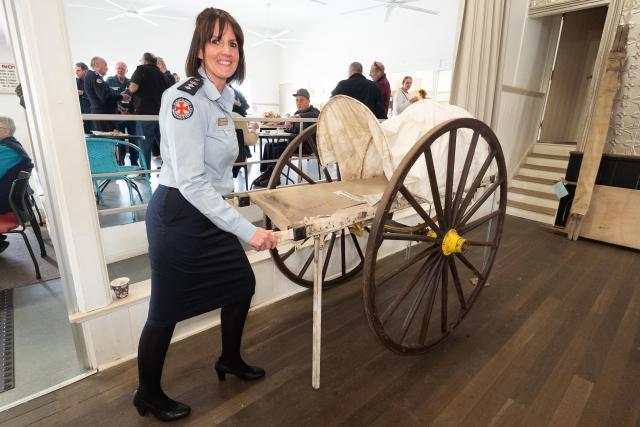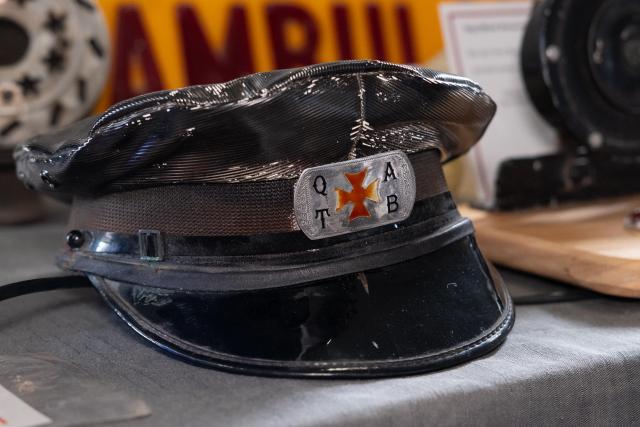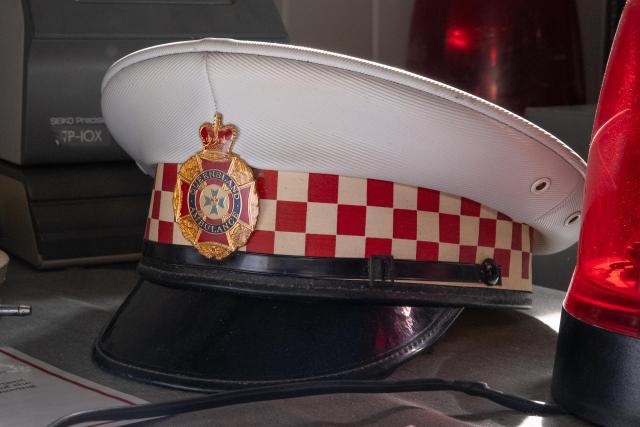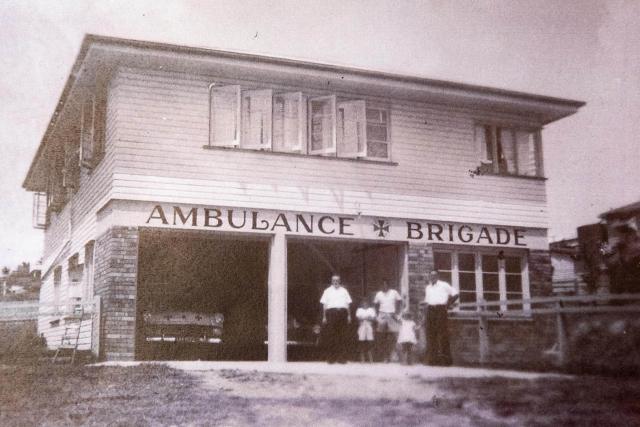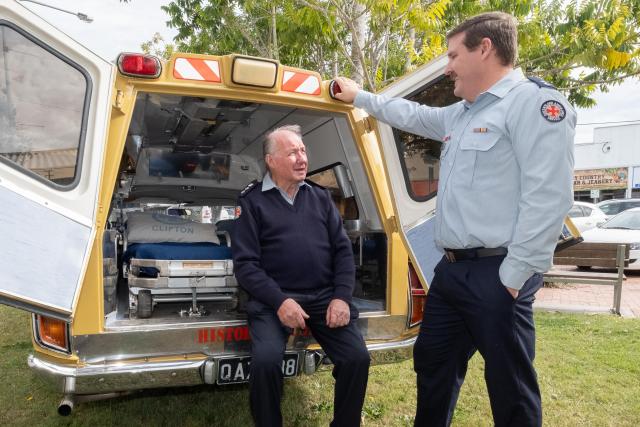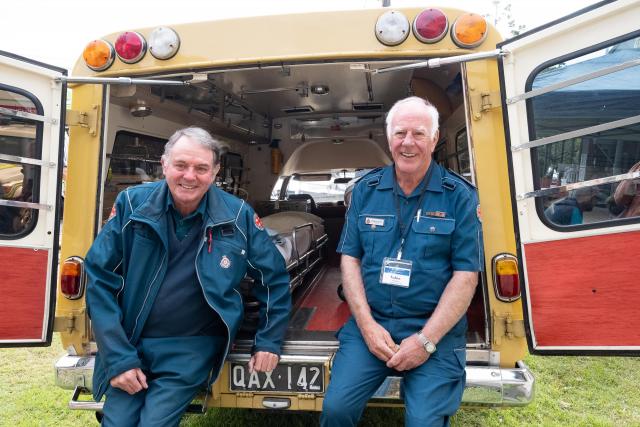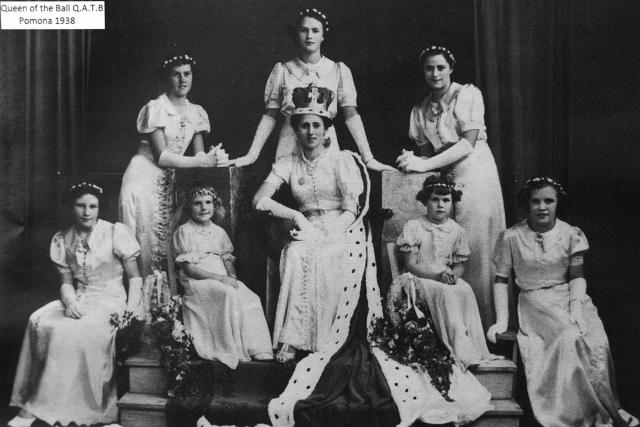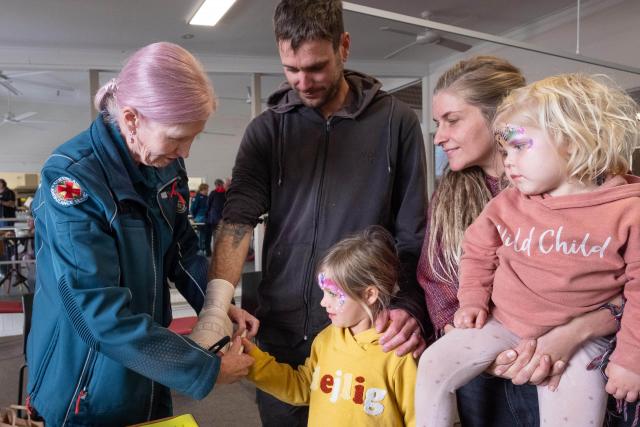“We’ve come a long way,” was the remark of Cooroy ambulance officer-in-charge Sam Eager and the shared observation of attendees who browsed the historical display staged at the Cooroy Memorial Hall last Saturday to mark 100 years since the establishment in 1923 of the town’s Queensland Ambulance Transport Brigade Honorary Centre.
The Cooroy branch of Queensland Ambulance Service (QAS) now boasts a staff of 24 university-trained ambulance officers, three acute emergency vehicles and patient transport vehicles.
Each paramedic carries an iPad linking them to back up services including hospital medical services and a High Acuity Response Unit with critical care paramedics, doctors and helicopter transport.
Sam is excited about the future for the ambulance services with ever-changing advances in medicine and equipment.
A couple of years ago new heavy lifting equipment was added to the ambulance fleet enabling the motorised lifting of loads of more 500kgs from ground level to the vehicles and now all stretchers have automatic lifting.
Today’s service is a far cry from the ‘load and go’ transportation originally provided by ambulance officers.
QAS heritage manager Mick Davis said the service began in 1892 in Brisbane when military medic Seymour Warrian called a public meeting after witnessing some well intentioned, but ill-advised bystanders go to the aid of a horse rider who had fallen off and broken his leg. Their efforts to escort the rider off the field only worsened his injuries and served as a sharp example of the need for trained medical attendants and transporters.
The Queensland Ambulance Transport Brigade, as it was, started with stretchers in the suburbs of Brisbane then expanded to regional areas where stretchers could be wheeled to the train station for transport to hospital, Mick said.
The transportation progressed to stretchers on horse-pulled sulkies, then in cars.
Mick started driving ambulance vehicles 58 years ago in Rockhampton at the age of 19 after training to be a medic on the railways.
“The stretches weren’t secured. They were just dropped into a frame. They could come loose on the journey,” he said.
“Training was not much better than first aid but you could learn from doctors, chemists, hospital staff and we had some good medics from the railways.”
Mick said earlier equipment included only oxygen, painkillers, splints and bandages and antiseptic for wounds. The key to a patients survival was in the speed to get them to hospital with drivers regularly hitting 80-90 miles/hr (about 140km/hr). Driver training was introduced in the 1970s-80s.
Mick has witnessed huge changes during his years in the ambulance service. He said the work had been very satisfying and had taught him a lot about people and life.
“You meet the best and worst of humanity over time,” he said.
“It’s made me not worry about getting old. I’ve seen death at all ages from newborn to 105. When your time comes it comes.”
Mick said a loss of life can have a devastating impact on ambulance officers but the service now had more mental health support for staff.
“You learn you can’t fix everything. That’s got to be accepted,” he said.
In addition to the historic displays visitors to the centenary celebration were able to learn some first aid skills including CPR while past and present staff were in attendance to cut a celebratory centenary cake and acknowledge officers who received National Service Medals for their exemplary efforts during Cyclone Debbie in 2017.

